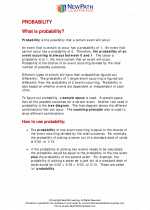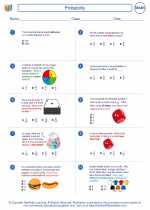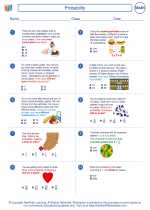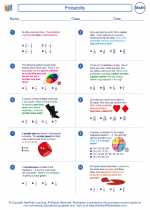Equations
An equation is a mathematical statement that shows two expressions are equal. It contains an equal sign (=) and consists of two sides: the left-hand side and the right-hand side. The goal in solving an equation is to find the value of the variable that makes the equation true.
Types of Equations
There are various types of equations, such as:
- Linear Equations: These equations have the highest power of the variable as 1, and can be represented in the form y = mx + b.
- Quadratic Equations: These equations have the highest power of the variable as 2, and can be represented in the form ax^2 + bx + c = 0.
- Exponential Equations: These equations involve exponential expressions, such as 2^x = 16.
- Trigonometric Equations: These equations involve trigonometric functions, such as sin(x) = 0.5.
Solving Equations
To solve an equation, we perform operations on both sides of the equation to isolate the variable. The goal is to get the variable on one side of the equation and the constants on the other side. The operations used include addition, subtraction, multiplication, and division, as well as exponentiation and taking roots.
Study Guide
To understand equations better, follow these steps:
- Learn the basic properties of equations, such as the meaning of the equal sign and how equations are used in real-life situations.
- Understand the different types of equations and their representations.
- Practice solving equations using various operations and techniques.
- Explore applications of equations in different fields, such as physics, engineering, and finance.
- Master the skills of solving equations with one variable and then progress to equations with multiple variables.
Remember, practice is the key to mastering equations. Try to solve different types of equations regularly to improve your skills.
.◂Math Worksheets and Study Guides Sixth Grade. Probability

 Worksheet/Answer key
Worksheet/Answer key
 Worksheet/Answer key
Worksheet/Answer key
 Worksheet/Answer key
Worksheet/Answer key
